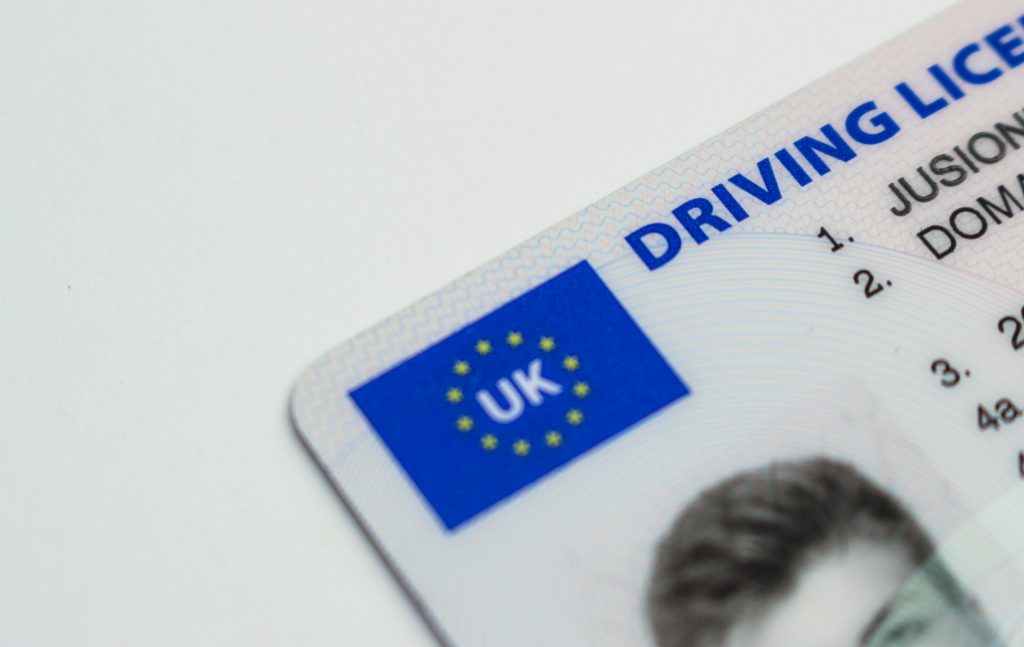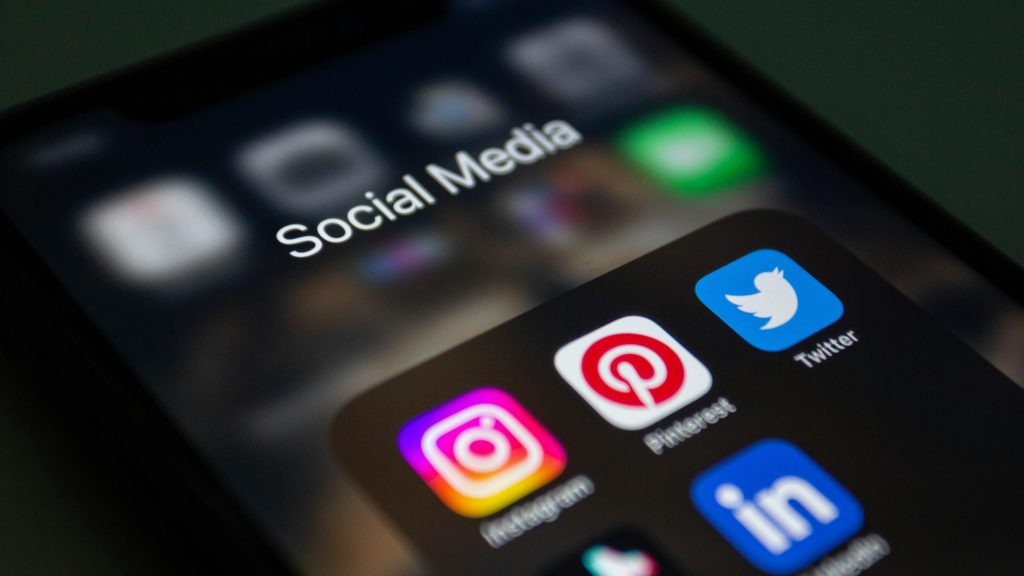Recruiters read hundreds of cover letters, and most of them sound the same—a list of qualifications and skills. But what if your cover letter told a compelling story instead? Storytelling humanizes your application, making it memorable and engaging. In this guide, we’ll explore how to use storytelling in cover letter and more techniques to create a personal connection and increase your chances of getting hired.
Why Storytelling Works in Cover Letters
Storytelling is a powerful tool in any application, including cover letters. It goes beyond a dry list of qualifications and paints a picture of who you are, how you work, and why you are the right fit for the role.
The Science Behind Storytelling and Why Recruiters Respond to It
Humans are naturally drawn to stories—they engage the brain and evoke emotions in ways that static information simply can’t. When you tell a compelling story, you create a connection with the recruiter, making your application more memorable. Stories activate both the logical and emotional centers of the brain, which helps hiring managers better understand and relate to you as a person, not just a list of credentials.
A memorable story sticks with hiring managers longer than a generic cover letter. While qualifications and skills are essential, a well-told story brings your experience to life in a way that facts alone can’t achieve.
What Makes a Great Cover Letter Story? (Key Ingredients)
To craft a great story in your cover letter, use the CAR method: Challenge, Action, Result.
- Challenge: Introduce a problem, obstacle, or situation you faced in your career or studies.
- Action: You can describe what steps you took to overcome the challenge.
- Result: Lastly, you can share the outcome of your actions, ideally with measurable results.
This structure keeps your story concise, impactful, and relevant to the role you’re applying for. Additionally, align your personal story with the job role and the company values to show how your experience directly translates to what they are looking for.
How to Add Storytelling to Your Cover Letter (Step-by-Step)
Now that you understand why storytelling is effective, let’s explore how to incorporate it into your cover letter.
Choosing the Right Story for Your Cover Letter
The key to successful storytelling in a cover letter is choosing the right story. Here’s how to do it:
- Career-related: Choose a story that is relevant to the job you’re applying for. Whether it’s from a previous job, internship, or school project, make sure it reflects your capabilities in a professional context.
- Short and impactful: You don’t need a long, drawn-out narrative. Keep the story short—ideally a paragraph or two—and focus on one main example that shows your skills or impact.
- Highlight your skills: Pick a story that emphasizes key skills such as problem-solving, leadership, communication, or creativity. These are the qualities that recruiters want to see in action.
For example, if you’re applying for a marketing role, tell a story about how you turned a challenging campaign around. If you’re applying for a tech role, share how a project sparked your passion for coding.
Cover Letter Storytelling Examples for Different Industries
Here are some examples of how storytelling can be applied to different industries:
Example 1: Marketing Role
“I was tasked with leading a digital marketing campaign for a product launch, but within the first week, we faced unexpected challenges with low engagement. I immediately reworked our social media strategy, leveraging customer feedback and new trends, which led to a 50% increase in engagement and exceeded our sales targets by 30%.”
This example shows how you identified a challenge, took action, and achieved impressive results, demonstrating key marketing skills like strategy development, problem-solving, and adaptability.
Example 2: Tech Job
“I never expected a single project to change my career, but when I was assigned to lead the development of an internal tool for my previous company, I discovered my passion for software development. I took the initiative to learn new programming languages and successfully led the project, resulting in a tool that reduced processing time by 40%.”
Here, you are telling the recruiter about how a project ignited your passion for coding and how your initiative and skills led to a significant business outcome.
FAQs (SEO-Optimized for Featured Snippets)
Why should I use storytelling in my cover letter?
Stories make your application memorable and help recruiters see your skills in action.
What kind of story should I include in my cover letter?
Pick a career-related, impactful story that shows problem-solving, leadership, or creativity.
Can storytelling make my cover letter too long?
Not if done right! Keep it short and impactful, using one clear example.
Is storytelling effective for all job roles?
Yes! Whether you’re in tech, sales, healthcare, or finance, storytelling makes you stand out.
How do I start a story-driven cover letter?
Use a compelling opening like “I never expected a single project to change my career, but…”
Conclusion
Storytelling can be one of the most effective and easiest way to stand out in a cover letter. It brings your qualifications to life in a way that engages the recruiter and makes your application memorable. By using the CAR method—Challenge, Action, and Result—you can tell a concise yet impactful story that demonstrates your skills and achievements.
Whether you’re in marketing, tech, or any other field, storytelling is a universal tool that allows you to connect with employers or hiring managers on a deeper level. So, next time you write your cover letter, think beyond the bullet points and share a story that shows exactly why you’re the right person for the job.










